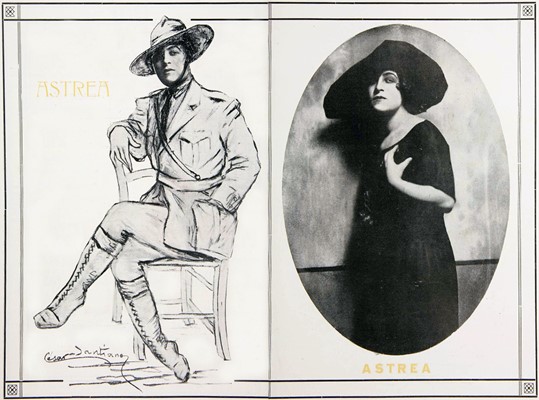by Robert A. Rushing
Following Laura Horak’s recent work (Girls Will Be Boys) on cross-dressing in early American film, this article examines, in some detail, three Italian silent films that make use of female-to-male cross-dressing: Histoire d’un Pierrot (1914), Filibus (1915), and Justitia (1919). Such films might be celebrated as subversive moments in the past in which more rigid gender norms were contested, and indeed, Filibus in its recent screenings has been proclaimed to feature “the first lesbian in cinema,” or even a transgender character from a century ago. In reality, the situation is a little more complex, and this article explores the remarkable contemporary reactions to these films when they were released—remarkable in that they found nothing surprising, objectionable, or noteworthy about these performances at all. I argue instead that “play”—or even “dress up”—is perhaps a better category for understanding the attitude of silent cinema than subversion or contestation, a category that might help us understand why the deeply conservative culture of Italy in the decade before Fascism was not shocked, but rather delighted, by women playing men (and on occasion romancing other women).

